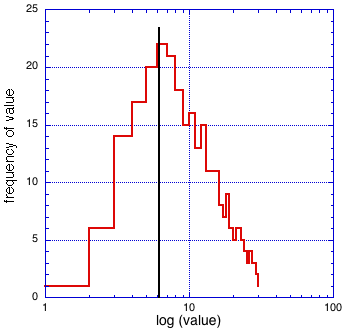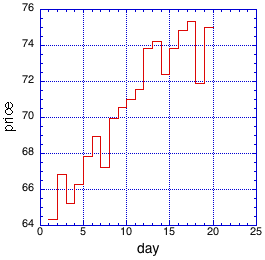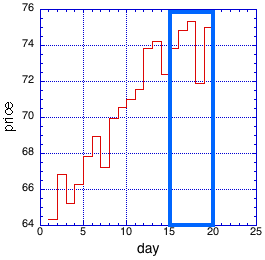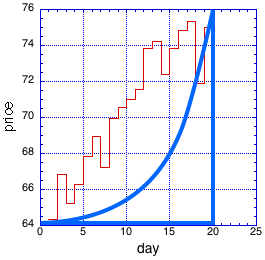The process of creating each point of a convolution consists of multiplying a set of data points by a known set of "window" points, and adding the results.
A natural question might be, can this process be undone? Since the convolution is a set of simultaneous linear equations, the original values, can in general be computed by solving this set.
On the left we see an image of a dog through an imperfect lens: the real image has been convoluted by the lens.
In order to obtain the deconvolution you need the "window" values. The window is the point spread function, which can be obtained from the image of a point. In this case the point spread function is known to be a Gaussian (because I created it using the Gaussian function).
As you might guess, deconvolution could be very important for many scientific and technical applications, and thus both the theoretical and practical aspects are well studied. A very powerful computational method uses the Fast Fourier Transform (FFT) of the image and the point spread function. The FFT of the image is a series of numbers that represent the relative amounts of sin waves of decreasing wavelengths that, when added, give the best representation of an image. It turns out that dividing the FFT of the blurred image by the FFT of the point spread function gives the FFT of the original image. Finally, the image can be calculated from its FFT.
The deconvoluted (or real) image of the dog is seen to the right.
Deconvolution might seem to be so easy that no one would pay for a good lens, or work to get the subject in focus before snapping the picture. Unfortunately there are two problems. A minor problem is that it takes a great many calculations to deconvolute an image. Computers are so powerful and cheap that this would only mean that it would typically take tens of seconds to minutes to deconvolute each image, but it would still be a bother.
A more serious problem is that even small levels of noise, i.e. random variations in the pixel intensities, causes big errors in the deconvoluted image. Deconvolution thus improves an image, but in practice not back to its best representation.
Thus it is important to get the best image possible, and then do a deconvolution if the image is very important. As an example, images taken by cameras sent to Mars are very important, and a lot of work is done on them to obtain the most detail possible.
All images of the real world are obtained by cameras or eyes, and all these devices introduce distortion defined by a point spread function.
Q.E.D., the world as we know it is an average.









